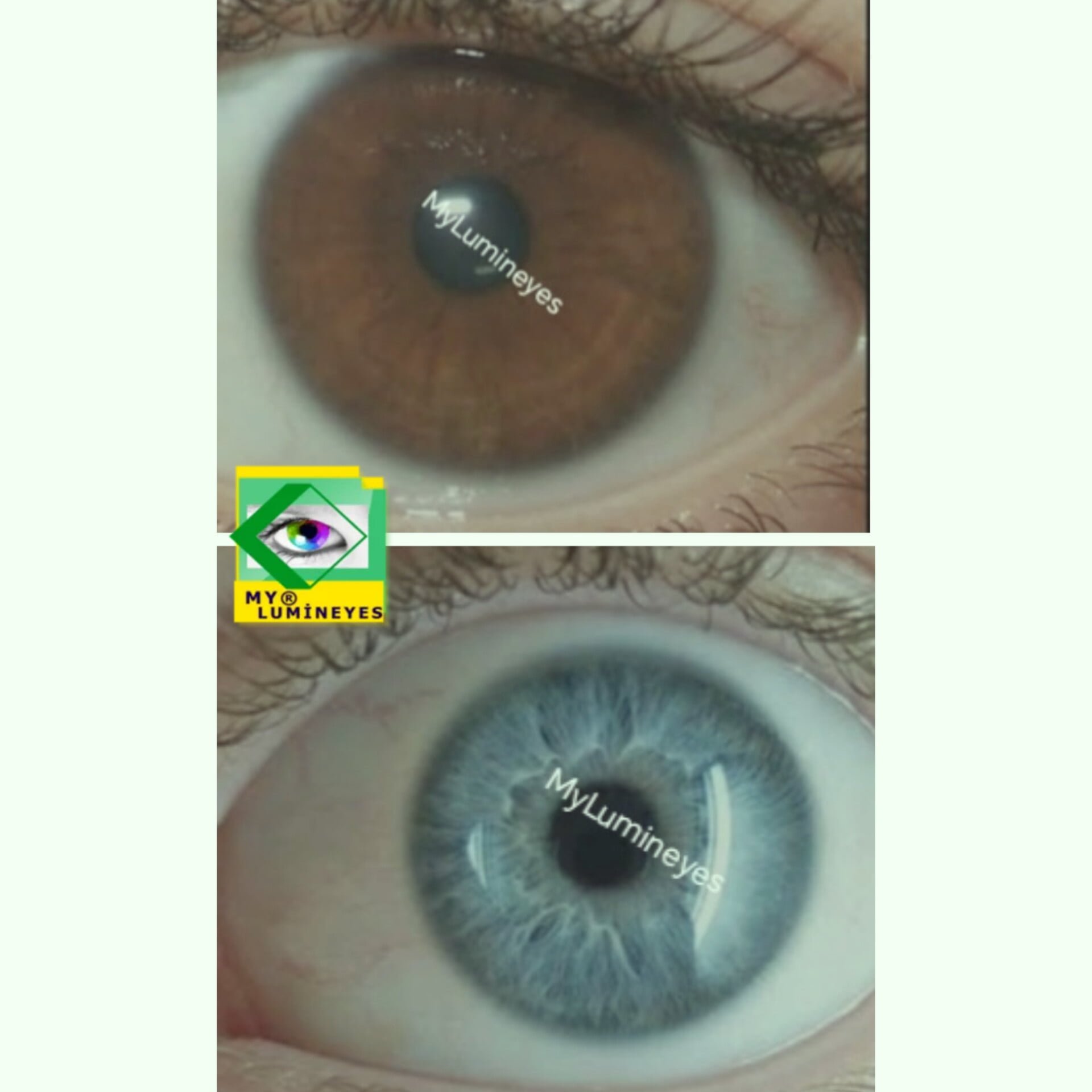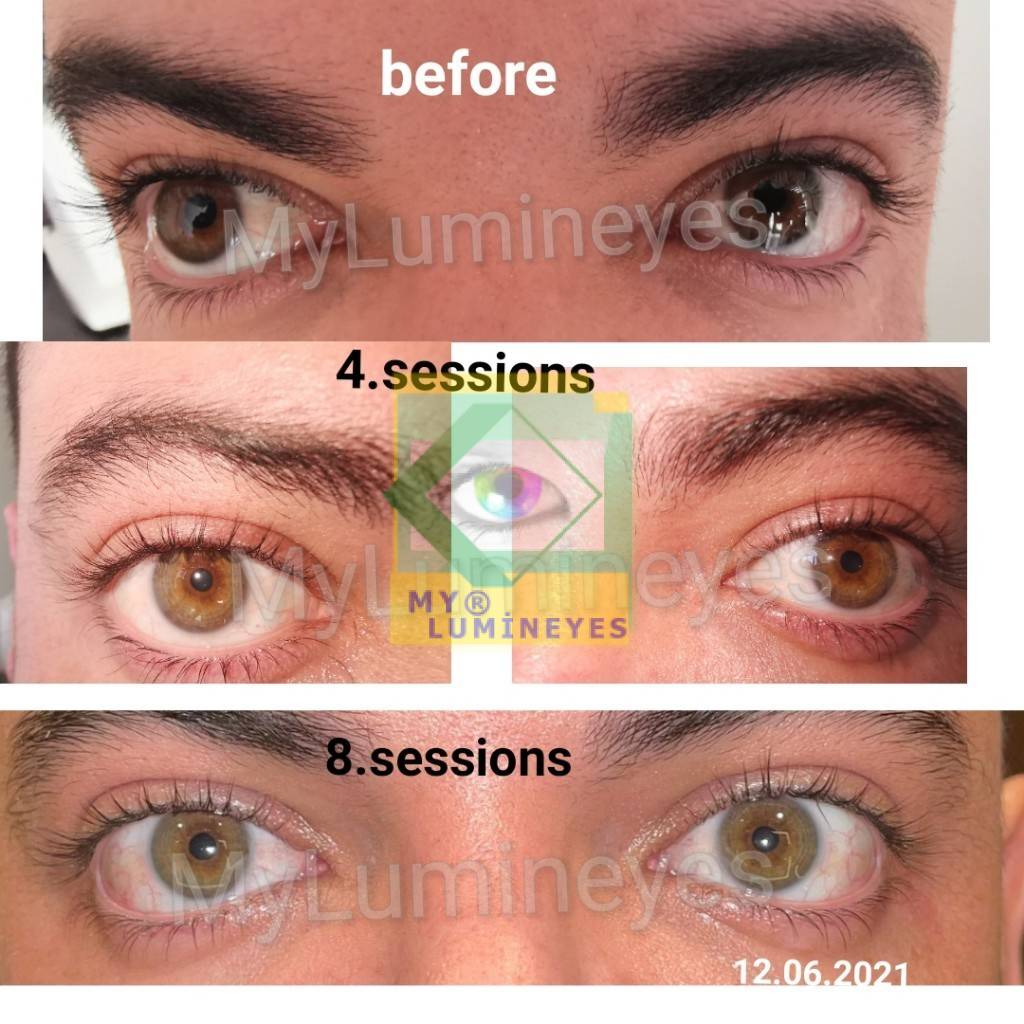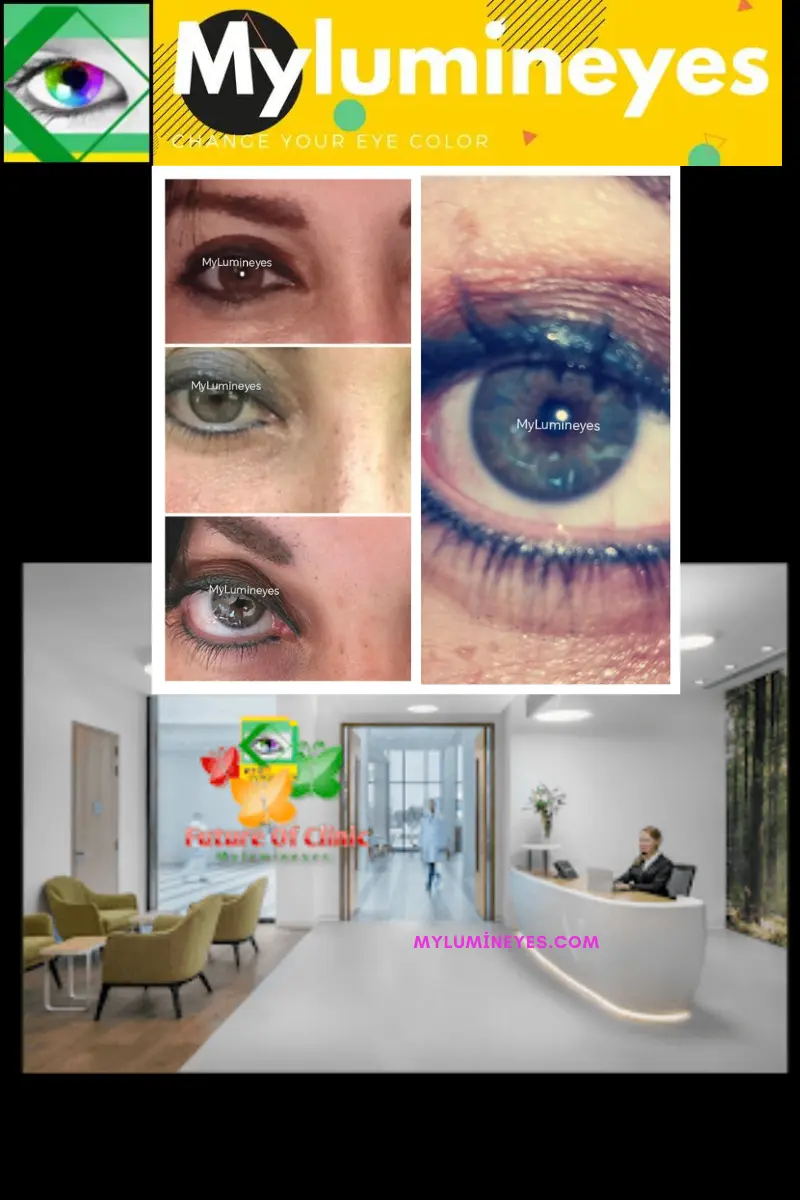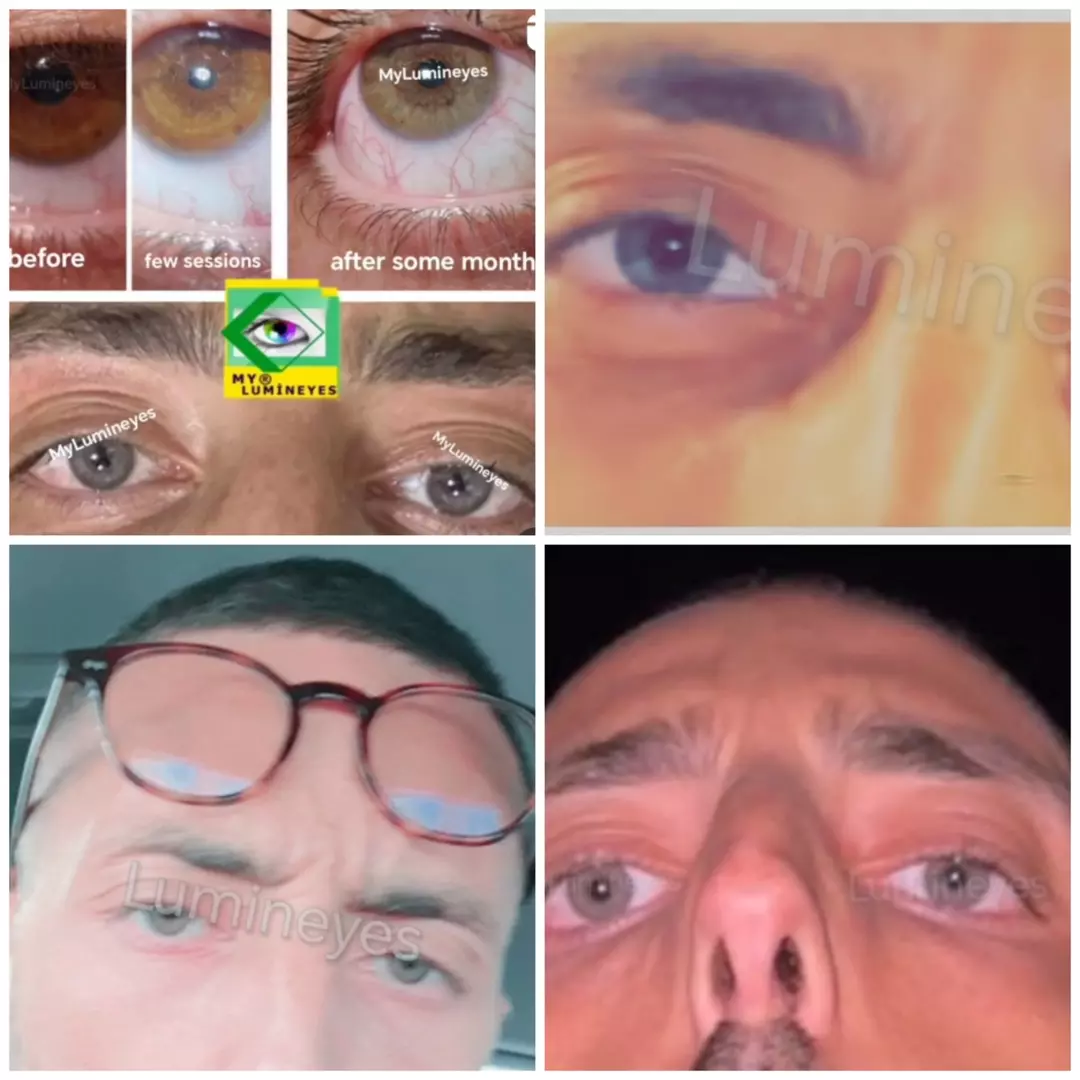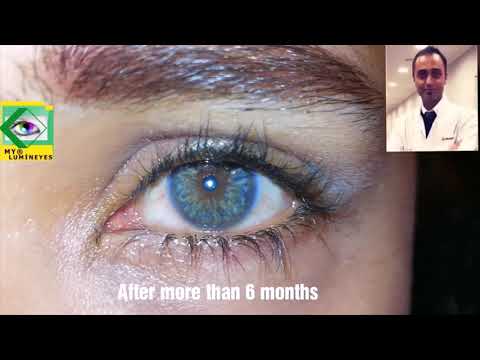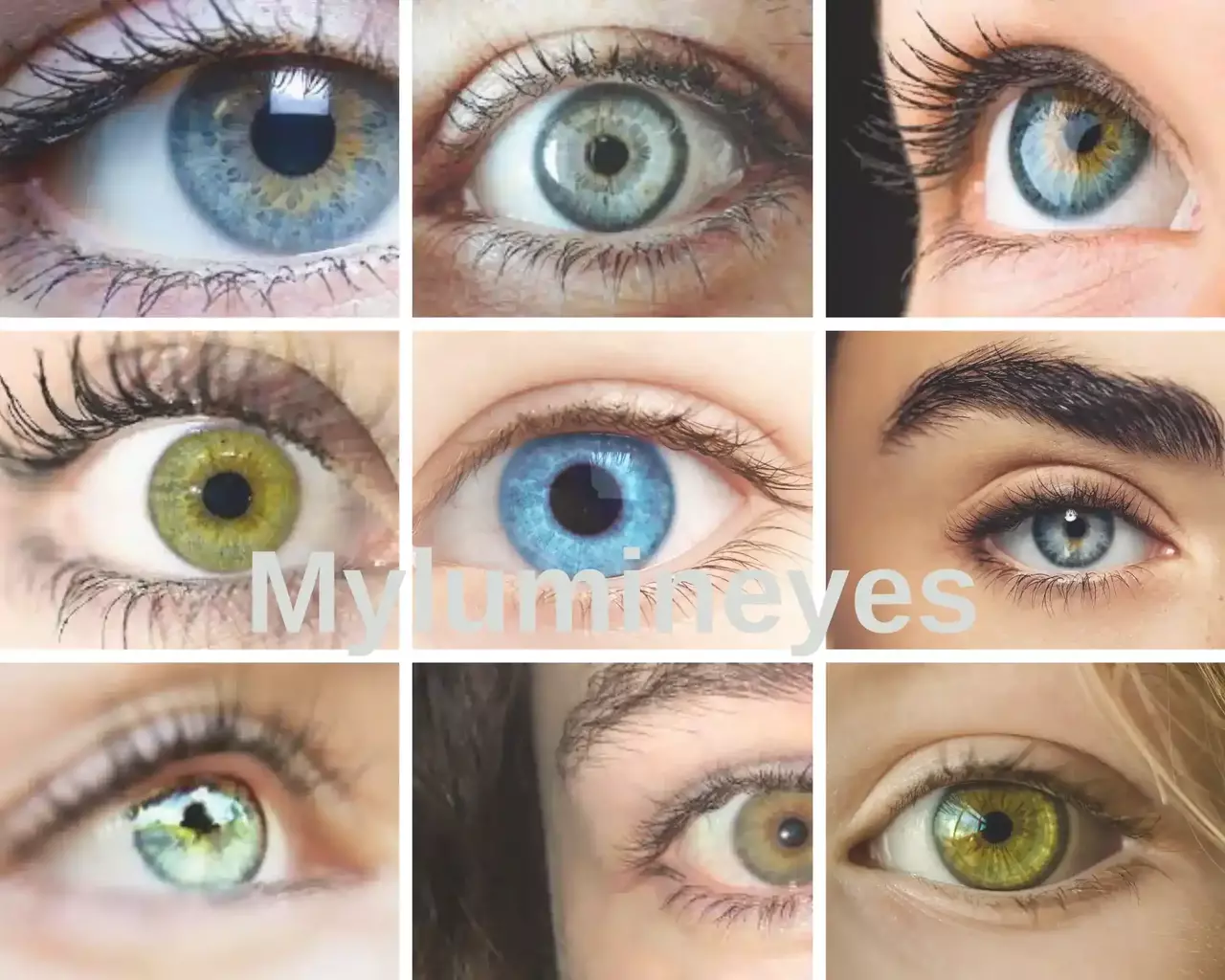What is Vision Loss?
Blindness is the absence or loss of vision entirely. As is well known, the vision process consists of light entering the eyes, travelling through the anterior segment to the retina, being sent to the brain via the optic nerve or optic nerve, and creating sense in the brain. Any one of these organs damages or absent causes blindness to develop. Peripheral vision loss can be brought on by different health issues including eye diseases. Seeking treatment soon away is crucial as lost vision cannot be usually restored.
Early therapy helps stop more central or peripheral vision loss.Trauma or a variety of diseases can cause later in life problems with the visual pathways; alternatively, they may be present before birth. Legal blindness is defined as less than 10 percent vision or a field of vision that is narrower than 20 degrees in the uncorrected eye of a person with normal vision.
Can cataracts be prevented?
It is estimated that at least 10 million individuals worldwide are blind due to avoidable causes.
It is almost hard for the patient to detect this on his or her own when some disorders start to limit the vision field by exerting pressure to the optic nerve. Early diagnosis of vision loss by regular eye exams can avoid it.
Generally speaking, trachoma, leprous, diabetes, glaucoma, cataract, retinal detachment, or congenital (congenital) blindness have no cure.

Can eye color change surgery cause vision loss?
Yes, this is possible. Especially surgery to change eye color procedures (keratopigmentation and iris implant surgery) can cause permanent vision loss. In addition, since we invented the laser eye color changing process, the risk of permanent vision loss is quite high in amateur and poor-quality clinics opened in indistinct places. This is why you need an experienced and reliable doctor to change your eye color.
Problems that the Visually Impaired Face-vision loss prepheral or central
Currently, it is evident that visually impaired individuals face more obstacles than those who can see. As a result of the inability to provide them with suitable employment opportunities, they face numerous obstacles in their daily lives. Nevertheless, it is everyone’s right to enjoy fundamental rights such as education, training, and health, and there should be no barriers to their exercise.
Difficulties confronting the visually impaired
- No audible warning system at traffic lights * Merchants setting up stalls on sidewalks * Parking of cars on sidewalks * No audible warning system prior to bus stops * Occupying the yellow line used by the visually impaired to follow with vehicles or stalls
- Trees, electricity poles, and traffic signs are not planted in a specific order. * Mushrooms designed to prevent cars from driving on the sidewalks are at a height at which visually impaired individuals can trip and fall.
- Pavement surfaces and roads are not flat enough to allow water to collect. * Traffic signs are at a height where visually impaired people can hit them.
- Tree-trimming so that visually impaired individuals can hit lower branches
- Stop immediately if you have such a routine. Keratoconus is caused by eye rubbing, which appears harmless.
- Consider hygiene important.
- Eye allergy, also known as conjunctivitis, is transmitted through the use of shared towels, unclean hands, and makeup products.
- Examined frequently.
- In addition to eye diseases, a routine eye exam allows for the early detection of a number of other diseases, including diabetes and hypertension. A yearly eye exam is recommended.
Leading cause of blindness
Glaucoma is the most treatable disease that causes blindness worldwide. So what is the treatment?
Glaucoma, also known as elevated eye pressure, is a disease that is asymptomatic and known for its stealth. Nevertheless, it can be detected through measurements taken during routine eye examinations.
Glaucoma can occur at any point in one’s lifespan. Glaucoma is the condition characterized by damage to the optic nerve caused by increased pressure in the eye. The illness is asymptomatic, but it can be identified using measures obtained during regular eye examinations.
Primary cause of blindness
Among the curable diseases causing blindness globally is glaucoma. Early glaucoma diagnosis is crucial. Since glaucoma is an eye condition treatable in early stages but cannot be cured if neglected for too long. This silently progressing disorder can only be detected in 90% of instances by an ophthalmologist without patient complaint. The last 10% of glaucoma sufferers avoid seeing an ophthalmologist because of their concerns.
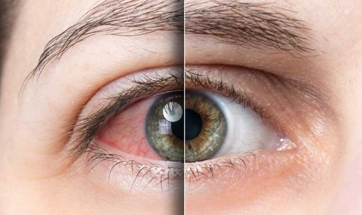
Risk Groups
After the age of 45, those with a family history of glaucoma, diabetics, myopic patients, hypertensive patients who are not regularly treated, and those receiving long-term cortisone treatment are at an increased risk for developing glaucoma.
Normal intraocular pressure ranges from 10 to 20 mm Hg in a healthy individual. However, not all patients with intraocular pressures exceeding 20 may have glaucoma. For instance, we refer to patients with ocular hypertension if their intraocular pressure is greater than 20 mm Hg. However, the optic nerve is asymptomatic. It should be noted, however, that 25% of ocular hypertension patients may develop glaucoma in the future.
Treatment and Diagnosis
Due to technological advancements, glaucoma may now be diagnosed with relative ease. Measuring intraocular pressure during annual eye exams is the most efficient method for diagnosing intraocular pressure. Other diagnostic techniques consist of fundus examination, computer vision field, NFA, and TopSS.
The course of treatment is selected based on the intraocular pressure measured at the time of illness diagnosis and the severity of optic nerve damage. The major goal of the treatment is to preserve a normal level of pressure inside the eye, while also safeguarding the optic nerve and, as a result, the extent of vision.
Medical therapy, laser treatment, and surgical treatment should be provided in sequential sequence based on the stage of glaucoma.
Does eye color change cause vision loss?
Undoubtedly, like any medical procedure, you should choose your doctor well. moreover, this is not enough, the type and validity of the method used ensures that you do not experience vision loss.
- Keratopigmentation surgery has so many side effects and complications that it can cause permanent vision loss.
- Iris implant surgery: There is a 99.9% chance that you will experience vision loss and even go blind.
- Laser eye color change: If it is not done by a professional clinic and doctor, you are likely to experience permanent vision loss. It is the safest among eye color changing procedures; for this, you need to get the Lumineyes method and choose an experienced doctor.
Lumineyes Xtra provides you with all kinds of security for eye color change safely and without risk. And of course, we remind you of the unique experience and abilities of Dr. Mustafa Mete.
The well-being of our eyes, one of our vital sensory organs, is of paramount significance.
It is important to get regular eye examinations throughout all stages of life. It is important to take the requisite procedures in order to mitigate any potential risks. Regular assessment of vision and ocular health is necessary.
Because you may be unaware of having an eye condition. Even if it is inherited, it can occur at a mature age. We can see this in some instances. A sudden onset of an eye problem may occur even if the individual has been free of eye problems for many years.
In the same way that stress not only affects the eyes but also causes numerous problems in our daily lives, we must prioritize our health, including our spiritual and psychological well-being. According to the World Health Organization, this describes health. According to the World Health Organization, health encompasses a person’s physical, mental, and social wellbeing. Consequently, how can we protect our overall health from stress, etc.?
Similarly, for our eye health, we must be aware of and implement all of these precautions.
Eye problems are not usually benign, but they may Many medical disorders might lead to blindness in the eyes. Many eye problems may lead to blindness. Timely diagnosis and treatment help to avoid this.
Blindness can be congenital or acquired due to an illness or an accident. Blindness is the loss of vision, whether partial or total. The inability to distinguish between darkness and light is synonymous with total blindness. Vision loss in one or both eyes constitutes partial blindness.
Peripheral vision loss
Peripheral vision loss can be caused by a number of underlying medical issues. Migraines induce transient peripheral vision loss, however other disorders might lead to persistent PVL. PVL can develop gradually, affecting only your side vision at first.
Some of the reasons of peripheral vision loss are as follows:
glaucoma
What exactly is glaucoma? This eye ailment creates pressure in the eye as a result of fluid accumulation and has a direct impact on peripheral vision. If left untreated, it can damage the optic nerve and result in permanent blindness. in Lumineyes clinic we use laser to treat glaucoma.
Pigmentosa Retinitis
As your retina deteriorates, this genetic disorder will progressively cause peripheral vision loss, as well as night vision and potentially central vision. There is no treatment for this rare disorder, but if detected early, eyesight loss can be planned for.
scotoma
What exactly is scotoma? If your retina is injured, you may acquire a blind patch in your eyesight known as a scotoma. Other eye disorders, such as glaucoma, inflammation, and macular degeneration, can cause this.
Stroke
What exactly is a stroke? A stroke might result in irreversible visual loss in one eye. This is because a stroke affects only one side of the brain. Because your eyes are still operating, this is a neurological sort of vision loss. However, your brain is incapable of processing what you perceive. A scotoma can also be caused by a stroke.
Diabetes-Related Retinopathy
What exactly is diabetic retinopathy? This issue develops when you have diabetes and your retina is damaged as a result of excessive blood sugar, which inflames or limits the blood vessels in your eye.
Migraine
What exactly is a migraine? Migraine is a form of headache that can cause alterations in eyesight. According to the Migraine Foundation, between 25 and 30 percent of migraine sufferers report visual abnormalities during migraine with an aura. This may involve momentary loss of peripheral vision.
Is it temporary or permanent?
Depending on the cause of the vision loss, peripheral vision loss might be transient or permanent.
The following factors can contribute to persistent PVL:
glaucoma retinitis pigmentosa scotoma diabetic retinopathy
Temporary peripheral vision loss can occur as a result of:
migraine
Narrowing of the Visual Field (Glaucoma Symptom)
Visual Field refers to the total field that any eye can view when looking at a fixed place. Normal eyes have a visual field width of 60o at the nose (nasal), 70o below, 50o above, and 90o at the ear side (temporal). As there is no obstruction on the outer side of the eye, the ear-side of the visual field is the widest.In fact, our eyes are a sign of our total health Eye problems can be caused by a number of neural diseases that affect the brain, cerebral vessels, and nerves
Glaucoma can present as a complaint of the visual field becoming narrower.
Glaucoma is a condition characterized by visual nerve degeneration caused by intraocular pressure.
As a result of the slow loss of the fibers composing the optic nerve caused by pressure, the vision field begins to contract.
Due to irreversible nerve fiber injury, substantial vision field loss and even blindness are inevitable in the absence of appropriate diagnosis and treatment. Glaucoma is a significant public health issue and the second leading cause of blindness in affluent nations. Glaucoma affects around one in fifty adults over the age of 35.
WHAT IS SUDDEN LOSS OF VISION?
Sudden vision loss refers to visual loss that happens within seconds, minutes, or days. Vision may become blurry, vanish entirely, or be disturbed by floaters, which are flashing lights or dots in the visual field. A portion or the entirety of the field of view may be impaired. The majority of the time, sudden vision loss is painless, however eye discomfort, redness, and headaches may accompany vision loss.
Even if only a portion of the visual field is affected or the condition resolves on its own, any rapid alteration in the visual field is potentially hazardous.
A medical emergency is visual loss; so, anyone with eyesight loss should get right medical assistance. To respectively examine the functioning of the eyes and brain, the examination consists of an eye exam and a neurological one.
Blood tests and brain imaging investigations might form part of the first visit. Should a sudden blockage of a blood artery cause sight loss, therapy seeks to restore blood flow immediately. Timeliness of treatment can help to either lessen or reverse vision loss depending on the underlying reason.
Vision loss can be brought on by problems anywhere along the visual pathway from the eyes to the brain.
When light enters the eye, it is transformed into electrical impulses that are then processed by the brain. Light enters the eye through a hole called the pupil, and cells in the retina at the back of the eye turn it into electrical impulses. The optic nerves carry these impulses from the eyes to the brain. The occipital lobes of the brain process visual information. Vision loss can be caused at any point along this visual pathway if it is compromised.
Eye drops, drugs, or surgery can be used to alleviate vision loss caused by eye-related issues.
If inflammation is the source of visual loss, medicines can be administered. If visual loss is caused by the abrupt occlusion of a blood artery, the goal of therapy is to restore blood flow as quickly as feasible. Timely intervention can mitigate or even reverse vision impairment, depending on the underlying cause.
Problems at any step along the visual pathway from the eyes to the brain might result in vision loss. When light enters the eye, it is transformed into electrical impulses that are then processed by the brain. Light enters the eye through a hole called the pupil, and cells in the retina at the back of the eye turn it into electrical impulses.
The optic nerves carry these impulses from the eyes to the brain. The occipital lobes of the brain process visual information. Vision loss can be caused at any point along this visual pathway if it is compromised.
Cortical cataract
Cataracts, a condition characterized by the discoloration or whitening of the lens of the eye, are common among elderly adults. Typically, vision loss caused by cataracts develops slowly over time, however some types of cataracts can cause an acute decline in vision. A cortical cataract develops and spreads throughout the lens, extending beyond its boundaries.
Occasionally, when they develop in the middle of the lens, they can lead to a sudden and rapid decline of vision within a few of weeks. Cataracts can result in photophobia, difficulty in reading under dim lighting conditions, and a progressive deterioration of both near and far vision that is not correctable with the use of spectacles. He can do surgery in the treatment of cataracts.
WET MACULAR DEGENERATION
Retina, or the rear wall of the inner eye, receives light and turns it into electrical impulses that are sent to the brain and perceived as vision. At its core lies the macula, the region of the retina that processes high-contrast vision, allowing humans to engage in daily activities like as reading and driving.
In macular degeneration (yellow spot disease), the photoreceptors of the macula that process vision begin to shrink and perish as drusen deposits accumulate under the retina and block the supply of nutrients to the weak receptors.
The majority of instances of macular degeneration are gradual, age-related, and develop slowly. It is referred to as dry macular degeneration. In 10% of instances, however, the disease progresses to wet macular degeneration, when fluid from blood vessels attempting to replace nutrition spills into the retina.
This fluid immediately and significantly impairs eyesight. It also causes vision impairment, particularly with pictures that are wavy. If fluid is not treated, it can result in extensive scarring and irreparable vision loss.
When macular degeneration is detected, an Amsler grid is provided to determine whether the disease is dry or wet. Each eye focuses on the middle of the grid. If the lines are wavy, moist yellow spot disease may be present.
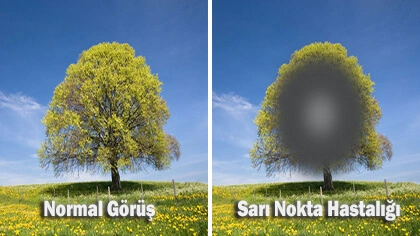
RETINAL REPAIR OR DETACHMENT
The retina is composed of extremely thin layers. Retinal tears and retinal detachment are frequently connected with a disease known as posterior vitreous detachment, which is a natural consequence of aging. In this condition, the vitreous gel that fills and shapes the eye pulls away from the retina.
Posterior vitreous detachment affects the majority of individuals over the age of 50.
This pull can produce a hole in the vitreous retina or tear the retina in a limited number of individuals. Injuries can also result in tears or ruptures. Symptoms include flashes of light, several new eye floaters that may resemble snowflakes falling, and a black curtain dropping over the eyes.
A minor retinal tear or detachment can lead to irreversible vision loss if not discovered early. Visit an eye doctor immediately if you have any of these symptoms.
The management of a retinal tear or detachment is based on its degree of severity. If a tear occurs, your doctor may use laser surgery to reattach the retina. If you have a small tear in your retina, your doctor may choose to inject an air bubble into your eye to realign the retina and then use a laser to repair the tear. If there is a significant distance between the affected areas, your doctor may suggest a more extensive surgical procedure.
HUGE CELL ARTERITIS
Inflammation of the arteries surrounding the scalp is a typical occurrence in the elderly with giant cell arteritis, a disorder characterized by giant cell arteritis. Most affected is the temporal artery on the side of the head, causing headaches and soreness. Additionally, the ophthalmic artery and tiny arteries that nourish the optic nerve, which links the eye to the brain, may be impacted.
When these arteries become inflamed, blood supply to the optic nerve is obstructed, resulting in immediate, permanent vision loss.
If you encounter this sort of visual loss, you must consult an eye doctor near you immediately. If giant cell arteritis is not identified and treated, it can result in total blindness in both eyes and damage to the veins that supply the brain. After a temporal artery biopsy confirms a diagnosis of giant cell arteritis, your doctor will often begin therapy promptly to protect your remaining vision.
The sooner a physician is consulted, the greater the likelihood of recovery. For instance, when a doctor is contacted for a transient headache, vision loss in both eyes can be averted. However, most patients see the doctor with vision loss in one eye, and thus the treatment focuses on preserving vision in the other eye.
CENTRAL RETINAL ARTERY OBSTRUCTION
Occlusion of the central retinal artery causes paralysis of the eye. Occlusion of the central retinal artery produces transient visual loss that seldom recovers.
The central retinal artery nourishes the optic nerve and retina with blood. In central retinal artery occlusion, the central retinal artery is blocked by an embolus (plaque from a vein, a platelet aggregation, or anything floating in the blood).
When hospitalized with this disease, patients are frequently referred immediately to the emergency department for treatment.
Individuals with central retinal artery occlusion have an increased likelihood of having atherosclerotic plaque in the carotid arteries of the neck or other stroke risk factors, such as atrial fibrillation, irregular pulse, or a hypercoagulable state.
In an effort to regain lost eyesight, your doctor may employ several techniques such as significantly reducing intraocular pressure, manipulating the eye through massage, or utilizing laser treatment on the plaque, depending on the extent of the condition. Regrettably, there is a limited amount of data to substantiate these procedures, and the loss of eyesight often cannot be reversed.
MIGRAINE
Other than the eye, sudden peripheral vision loss or central vision loss may have relatively minor and transitory causes. Multiple conditions are capable of causing rapid, temporary visual loss. Migraines are the leading cause of transient visual impairment. Migraines can result in blind patches or the sensation of seeing flashing lights. Migraine can cause rapid, momentary loss of vision in both eyes.
ARE YOU AT RISK OF Blindness?
There are elements that might increase a person’s susceptibility to blindness. Here are some of the risk factors for blindness:
– Background of eye surgery
– inadequate hygiene,
– Diabetes,
– Any cardiovascular disease,
– stroke,
– Certain eye disorders,
– A history of blindness in the
– Preterm infant (premature birth),
– older ages,
– prenatal deficits,
– Cigaret,
– Exposure to hazardous substances
Regular eye examinations help prevent the onset of blindness. Regular eye examinations ensure timely treatment for any ocular disorders or sudden situations. This can aid in the prevention of visual impairment. It is essential to strictly follow the treatment directions provided by your eye doctor once you have been diagnosed with a specific eye condition.
If you have reason to believe that you are suffering from blindness or visual impairment, it is imperative that you promptly seek the assistance of an ophthalmologist in order to obtain the necessary therapy.
You should get your children’s eyes examined at six months and three years of age.
Once they are six, children should get their eyes checked once year. This will ensure that they don show any symptoms of blindness and that their eyes remain healthy. Still, if you have any doubts about whether you could have an eye disease or any visual condition, you should see an ophthalmologist at once. Waiting for the eye condition to resolve itself is never a solution and might result in irreversible vision loss in youngsters.
Some types of blindness are brought on by hunger or malnutrition. In such circumstances, blindness can be avoided by maintaining a healthy diet.
Correct eye protection will help to avoid vision loss.
Early diagnosis and treatment of an eye issue will help to prevent blindness as long as you follow the recommendations given by your eye specialist. Early discovery of glaucoma, for example, allows for quick and efficient treatments to prevent blindness.
Should you have diabetes, you should give low-sugar meals first priority. Essential are controlling your diabetes and managing your blood sugar levels, which may be derived from the condition.
This helps to stop blindness. Moreover good for your eyes and general health are exercise and maintaining a good weight.
You should give good habits top priority and stay away from anything that can raise your future blind danger. You should focus on what you can affect even if other things are beyond of your reach.
It is important to emphasize that blindness usually starts with aging. Research is still under progress even if there are no preventive treatments for these causes of blindness.

